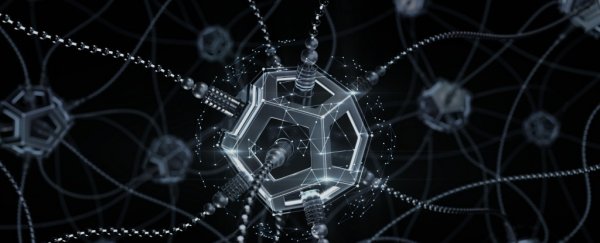Developments and advances in artificial intelligence (AI) have been due in large part to technologies that mimic how the human brain works. In the world of information technology, such AI systems are called neural networks.
These contain algorithms that can be trained, among other things, to imitate how the brain recognises speech and images. However, running an Artificial Neural Network consumes a lot of time and energy.
Now, researchers from the National Centre for Scientific Research (CNRS) in Thales, the University of Bordeaux in Paris-Sud, and Evry have developed an artificial synapse called a memristor directly on a chip.
It paves the way for intelligent systems that required less time and energy to learn, and it can learn autonomously.
In the human brain, synapses work as connections between neurons. The connections are reinforced and learning is improved the more these synapses are stimulated.
The memristor works in a similar fashion. It's made up of a thin ferroelectric layer (which can be spontaneously polarised) that is enclosed between two electrodes.
Using voltage pulses, their resistance can be adjusted, like biological neurons. The synaptic connection will be strong when resistance is low, and vice-versa.
The memristor's capacity for learning is based on this adjustable resistance.
AI systems have developed considerably in the past couple of years. Neural networks built with learning algorithms are now capable of performing tasks which synthetic systems previously could not do.
For instance, intelligent systems can now compose music, play games and beat human players, or do your taxes. Some can even identify suicidal behaviour, or differentiate between what is lawful and what isn't.
This is all thanks to AI's capacity to learn, the only limitation of which is the amount of time and effort it takes to consume the data that serve as its springboard.
With the memristor, this learning process can be greatly improved. Work continues on the memristor, particularly on exploring ways to optimise its function.
For starters, the researchers have successfully built a physical model to help predict how it functions.
Their work is published in the journal Nature Communications.
Soon, we may have AI systems that can learn as well as out brains can - or even better.
This article was originally published by Futurism. Read the original article.
